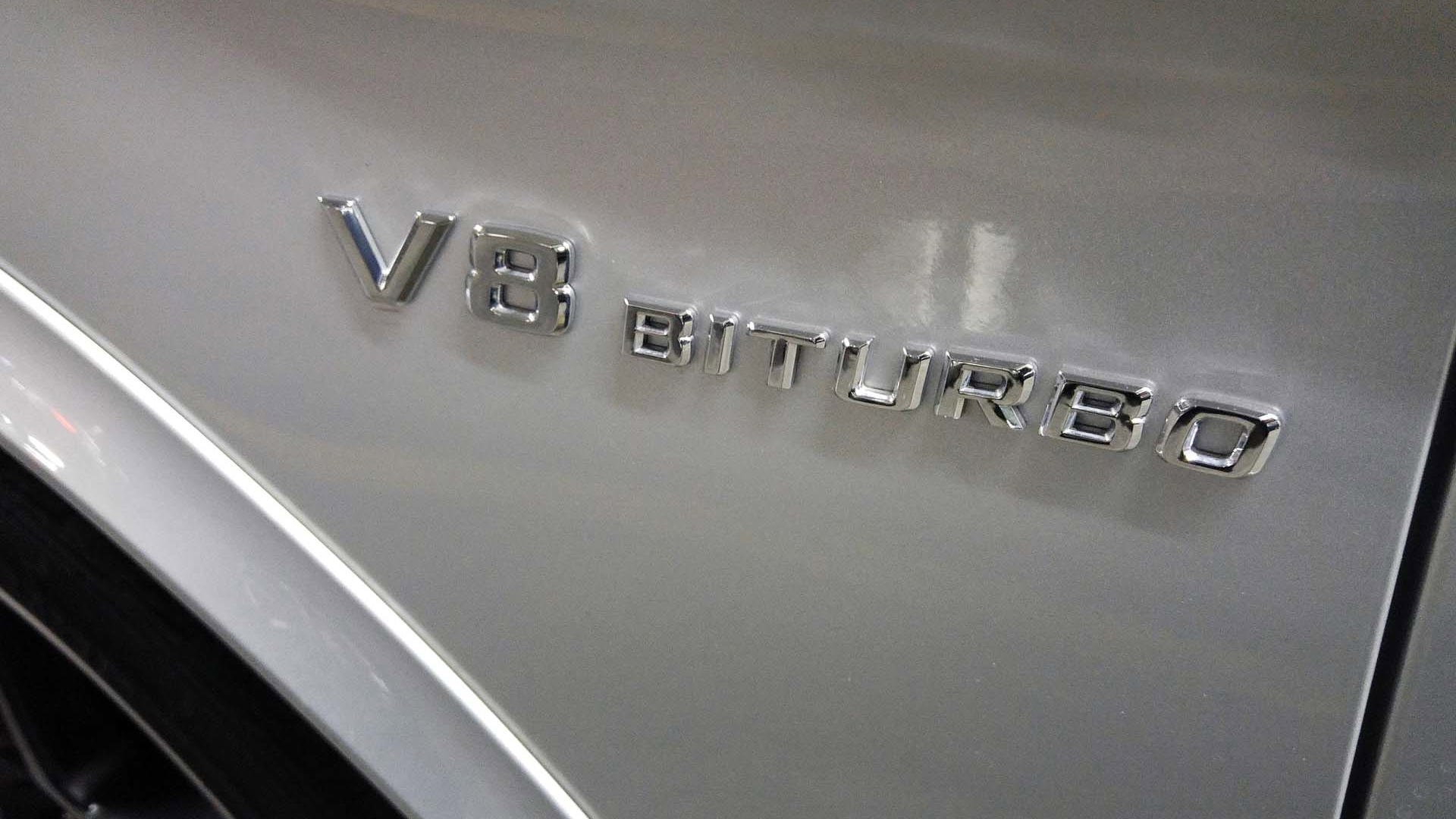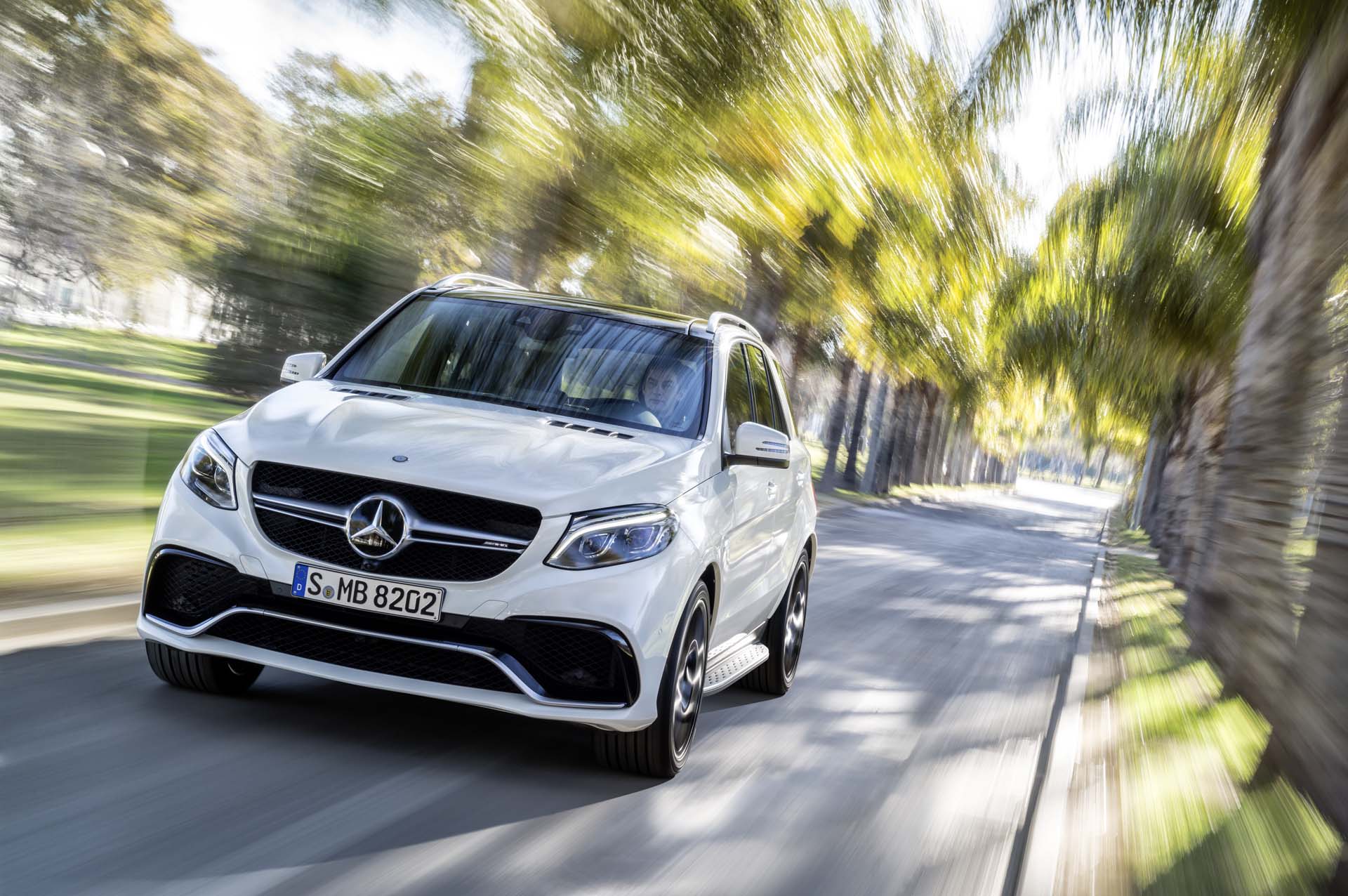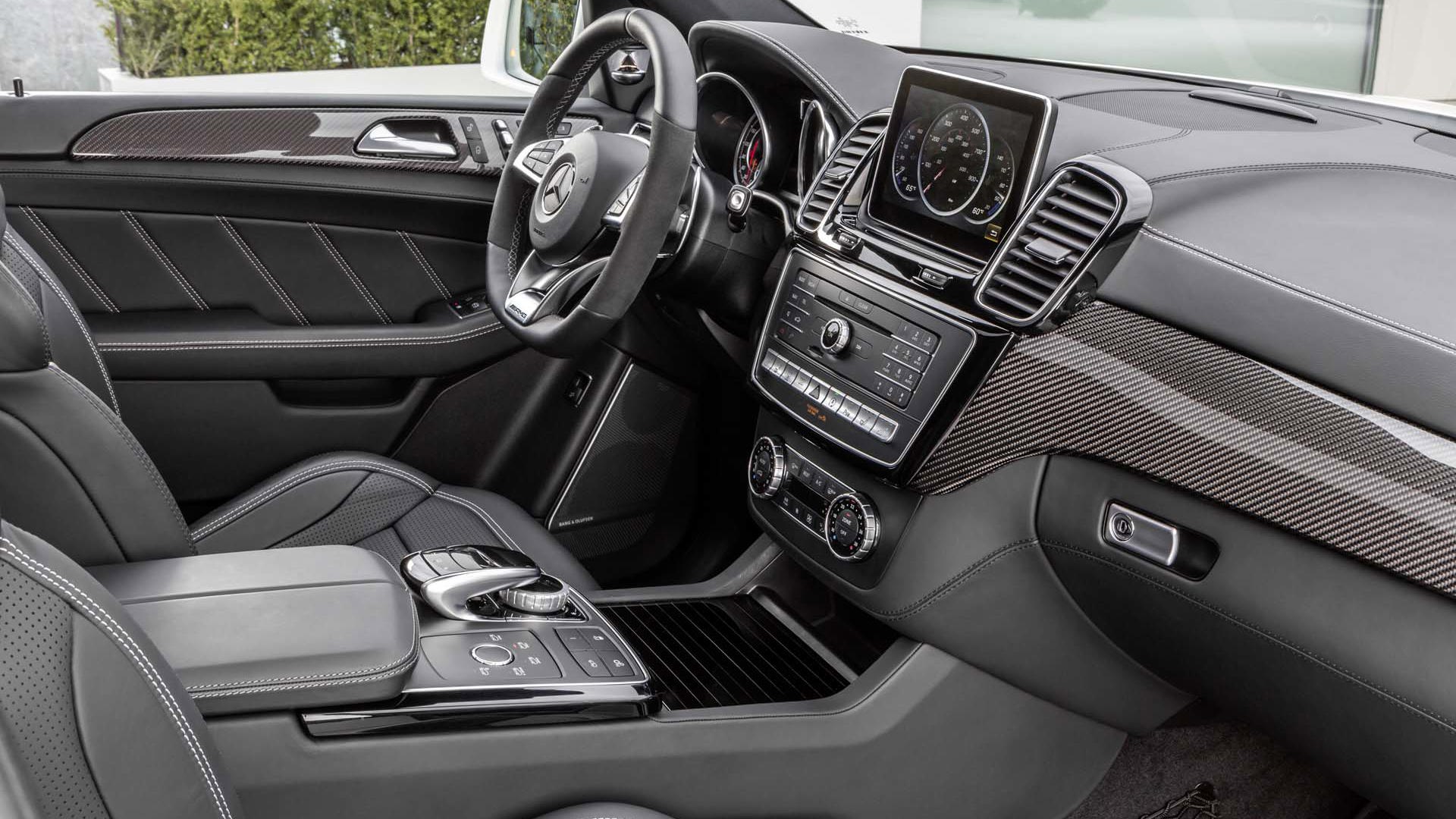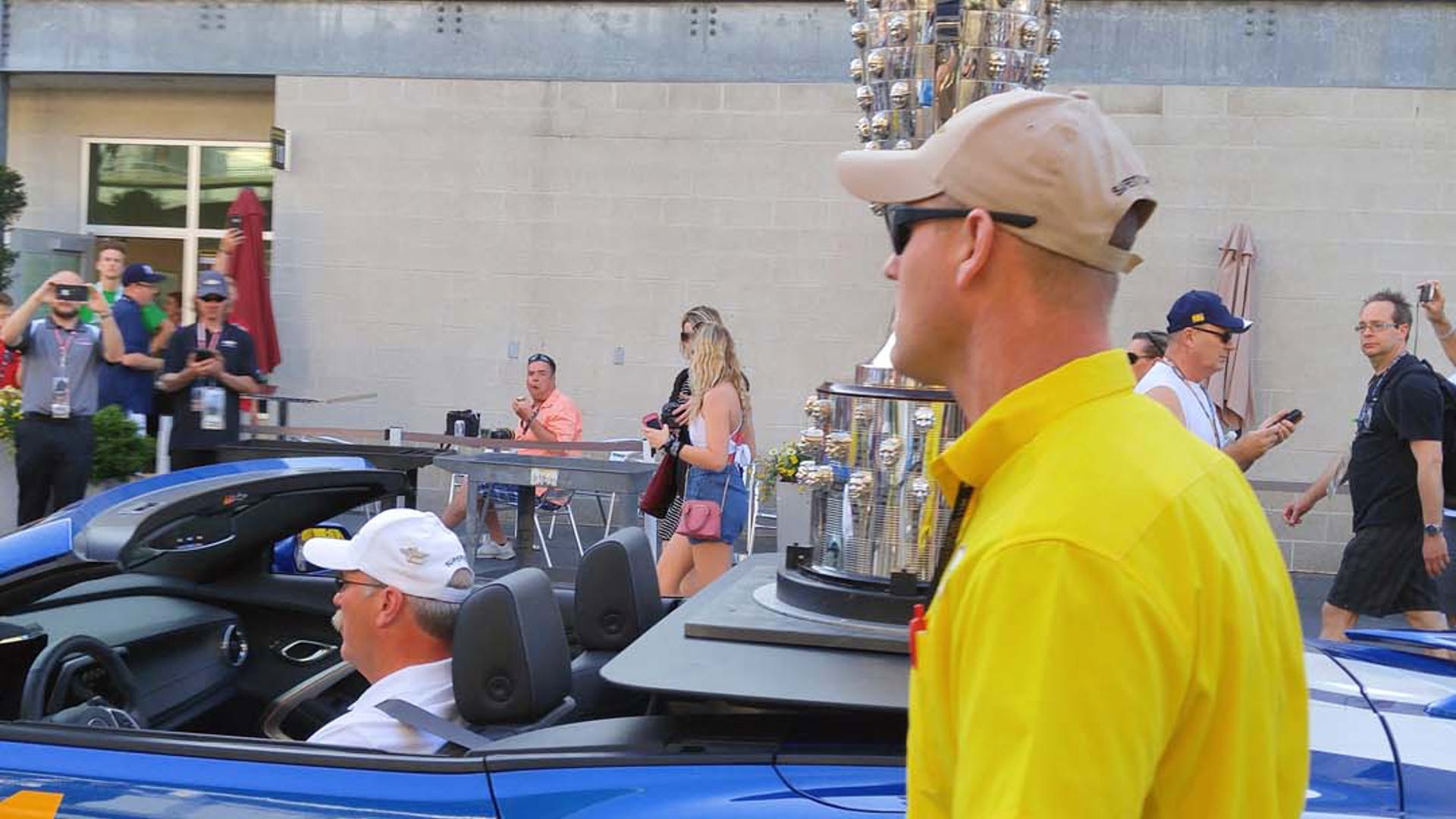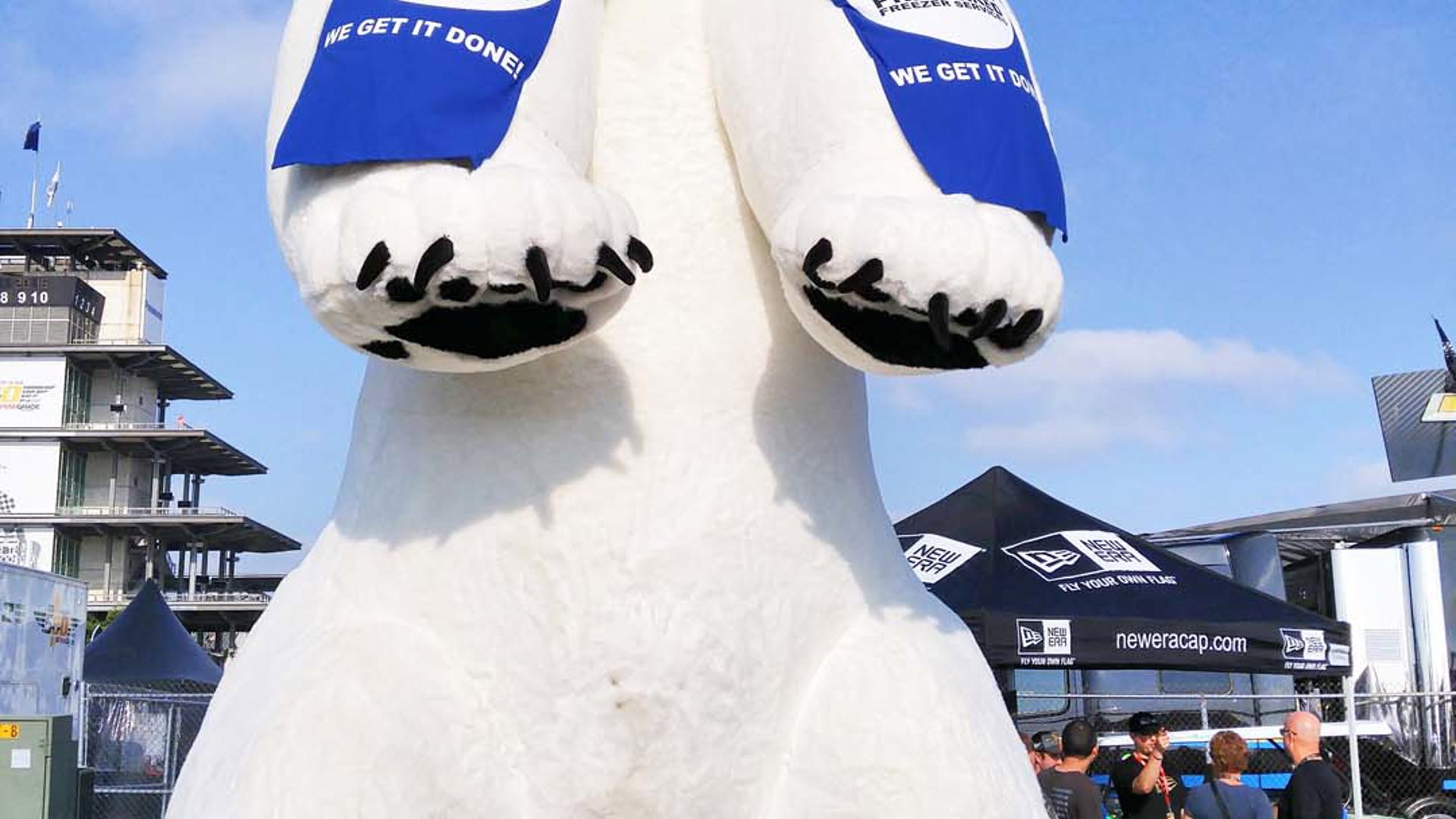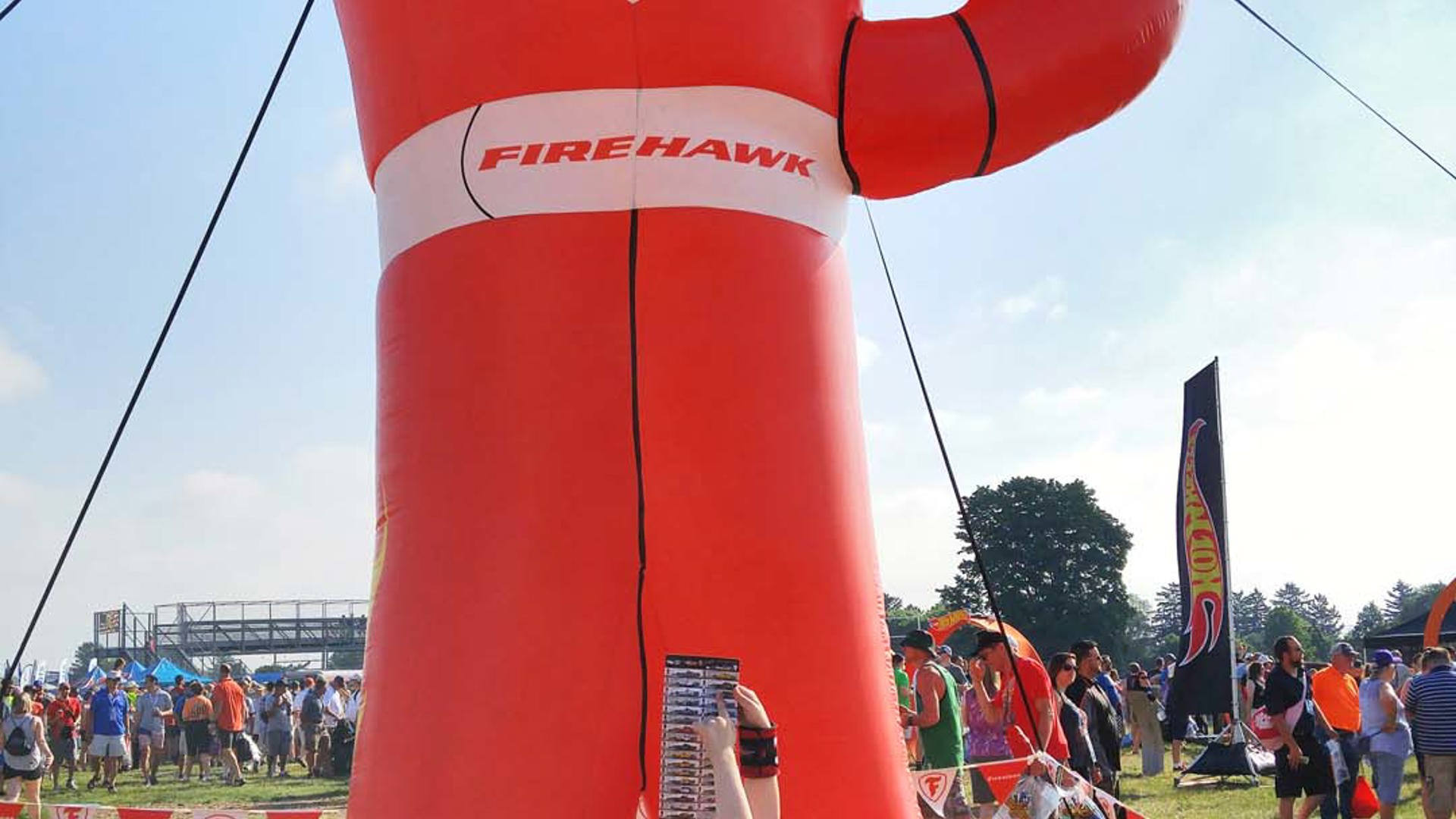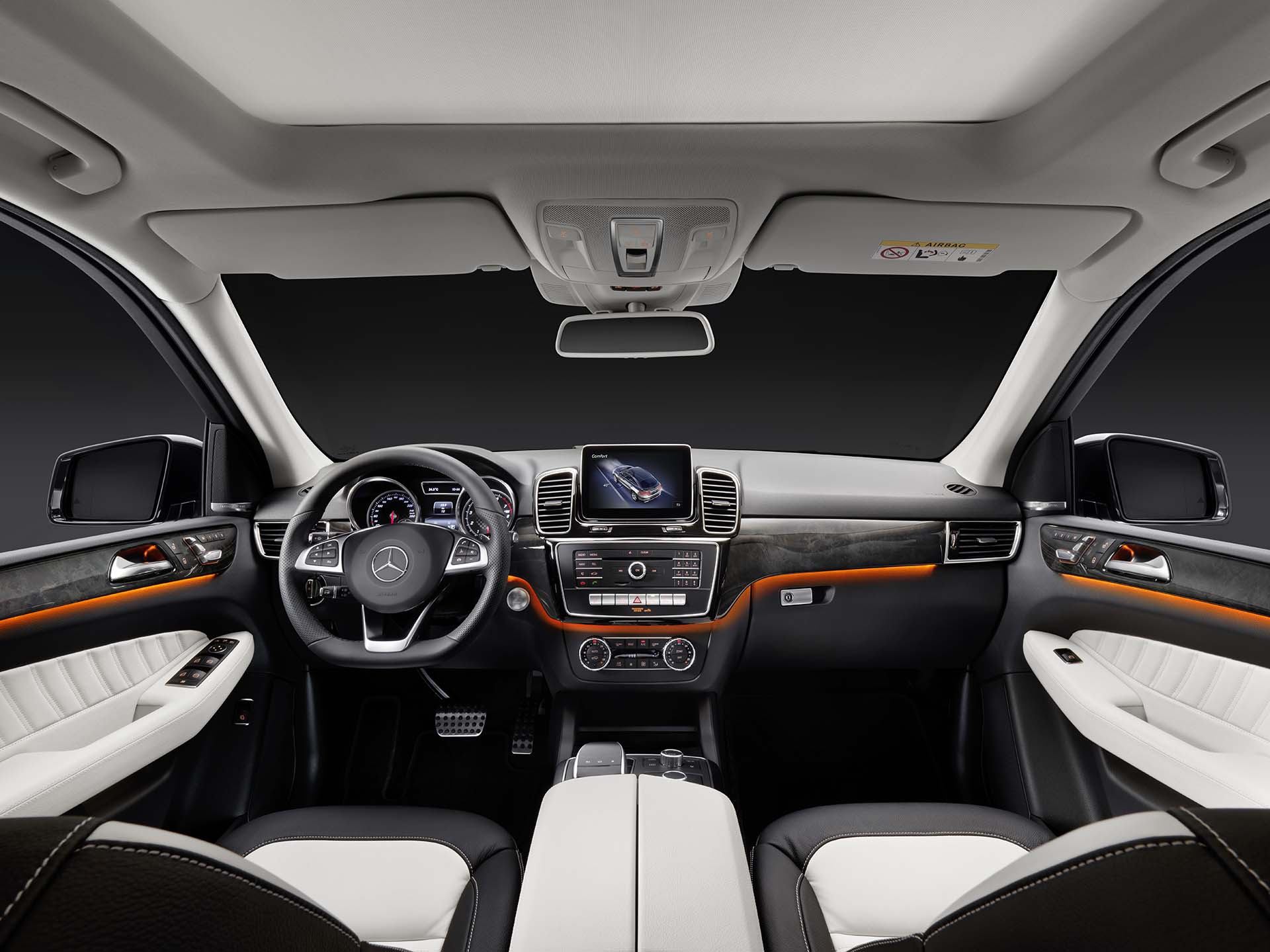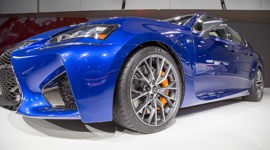Review by Jacob Black. Photos courtesy of Mercedes-Benz Canada and by Jacob Black
Authors Note: Due to an accident that saw the author lose his camera and with it a series of important photographs, we have had to resort to supplied images of this vehicle. We endeavour to provide original, real-world photography where possible and regret that it is not possible on this occasion.
The first Indianapolis 500 was run on May 30, 1911. Due to war (mostly), there were a few years off and so this year, 2016, saw the 100th running of the world’s most famous race; 105 years after the inaugural event. And in that 105-year history, all but three of the 23 auto manufacturers who competed in the first event have ceased to exist.
The remaining manufacturers? Fiat, Buick, and Mercedes-Benz. Of those three, only one still makes an engine worthy of that first 500-mile assault.
Sure, you could argue that Buick is now part of the General Motors group and GM most certainly does make some Indy-worthy engines. Including, it should be noted, the twin-turbo V6 that powers nearly half the 2016 Indy 500 field (Honda powers the rest).
And Fiat is part of the Fiat-Chrysler Automobiles group, who bought us the 707 hp supercharged Hellcat twins.
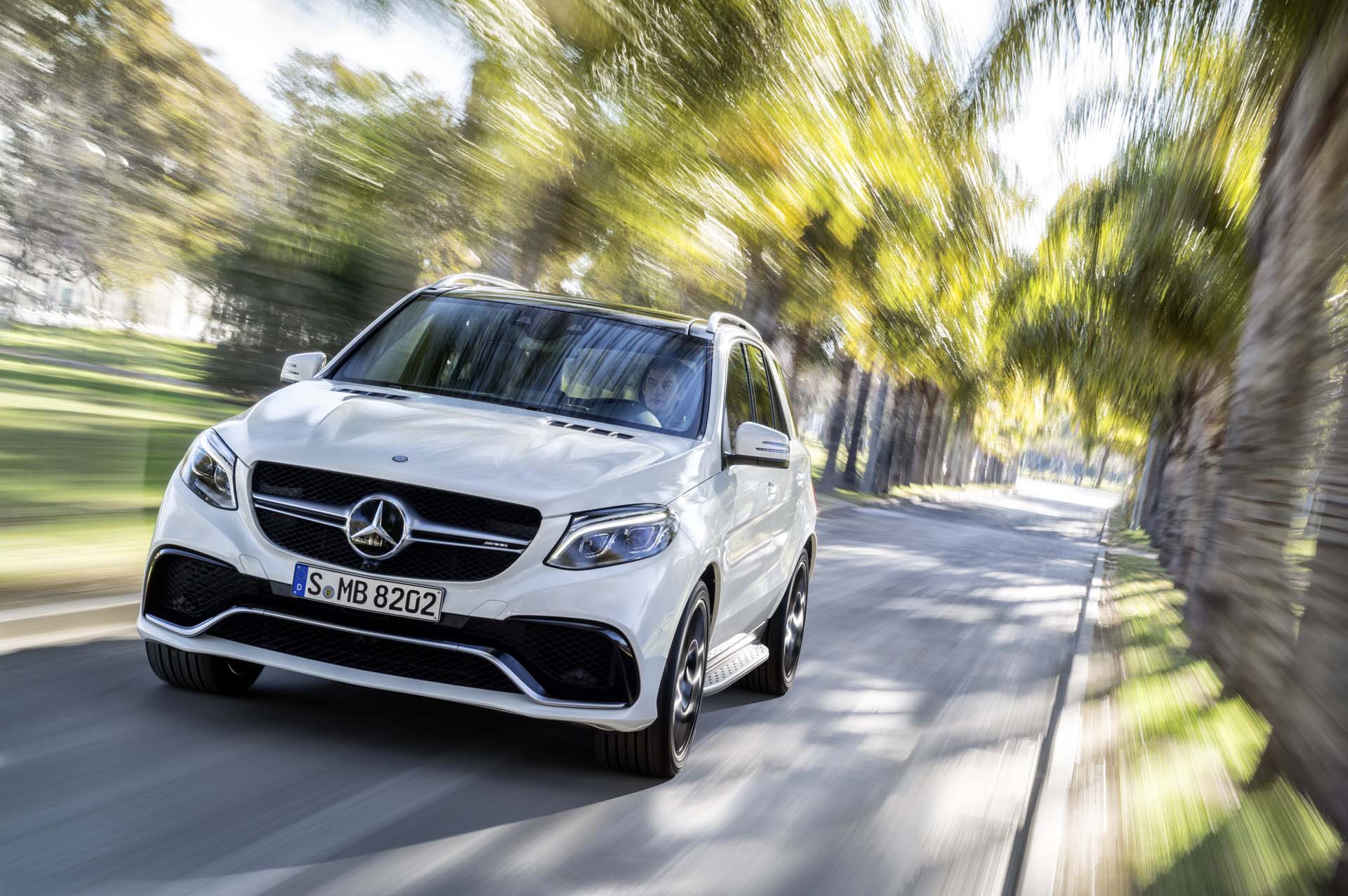 Mercedes-AMG GLE 63 S, Exterieur: designo diamantweiß bright ;
Mercedes-AMG GLE 63 S, Exterieur: designo diamantweiß bright ;
But if you really want to buy a car with direct genetic ties to the first-ever Indy 500 and a stonking great engine worthy of that epic event – Mercedes-Benz is where you have to look.
For the nine-hour drive from Toronto to Indianapolis, my family would be strapped in behind one of the very best of those engines. The GLE 63’s 5.4L twin-turbo V8 is good for 577 hp and 561 lb-ft of torque. It will accelerate to 100 km/h in 4.2 seconds – despite weighing a whopping 2,370 kg and having the frontal area of your average houseboat.
There’s only one regular production Merc engine that’s bigger and badder, and that’s the 6.0L V12 with 621 hp and 738 hp available in the Mercedes-AMG G65 and the Mercedes-AMG SL65. We had my daughter so couldn’t take the SL and we couldn’t take the G-Wagon because we were not in a convoy of high-powered Eastern Bloc businessmen, nor oil-rich royalty.
No, this bi-turbo V8 would be more than enough for us to get in the Spirit of Indy. From the aggressive, purposeful stance, to the throaty, snarling bark of the engine – all the way to the part where my daughter squealed with joy when we vaulted off the line at a stop light – the GLE 63 AMG is a brutish, all-out brawler of an SUV.
Not only that, it swallowed our entire luggage with consummate ease. We’re a family of three, with a full suitcase each.
What I call the Benz-touch features, and in particular the attention monitoring system, got a workout and a half as we left late and did the straight-shot to Indianapolis. I consider it my own little Indy 500. At 830 km it’s a shade over 500 miles and we keep our pit stops to the minimum.
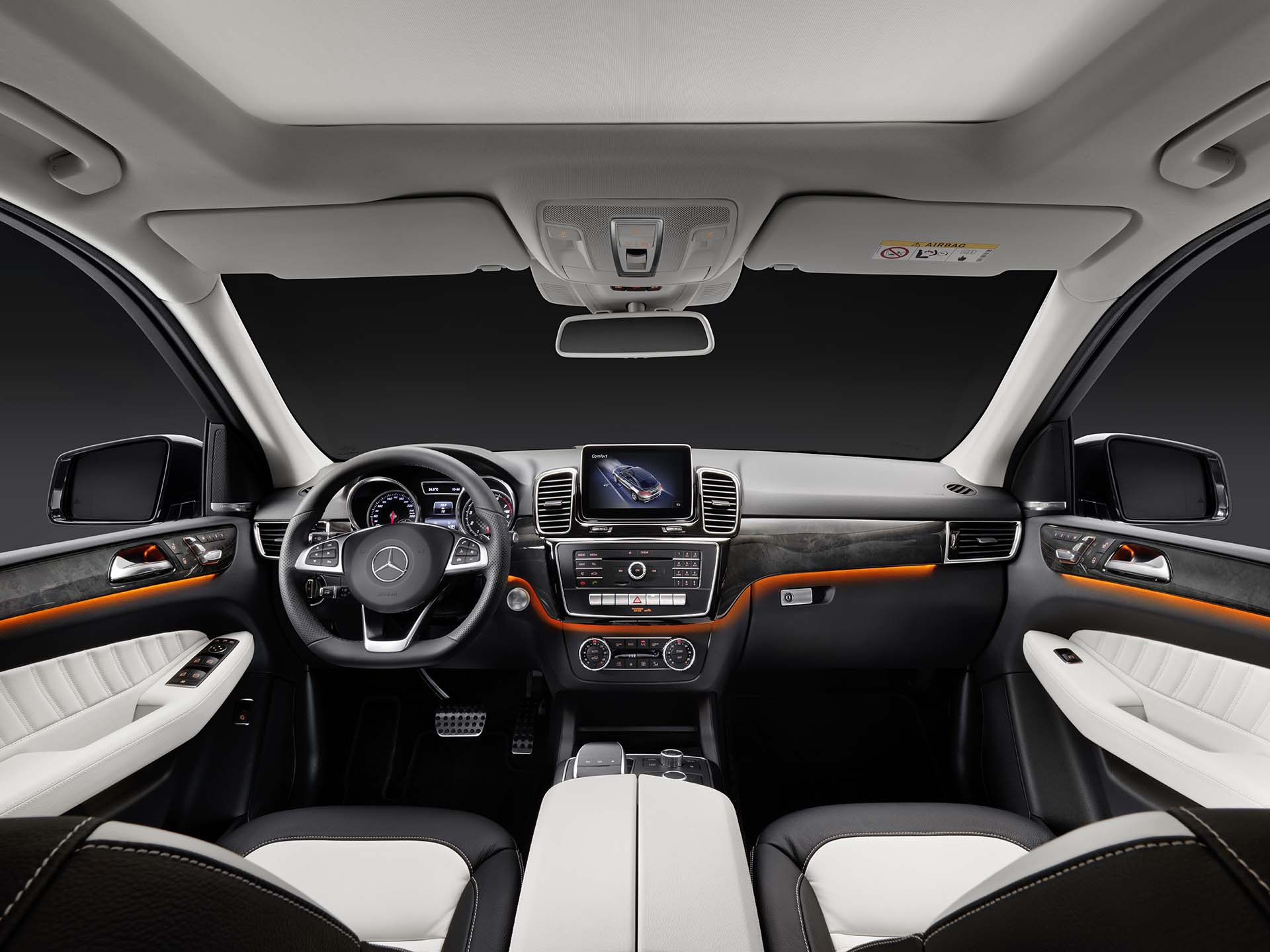
Courtesy of a 90L fuel tank we only needed to stop once for juice despite the thirsty engine. My own tank is smaller, my daughter’s smaller still so we had to make a few extra stops for washrooms.
At 17.3 / 13.5 / 15.6 L/100 km city / highway / combined, the GLE 63 AMG is not going to impress the greenies, but luckily for me none of them were in the crowd gathered around asking me about it in the Indianapolis Speedway parking lots.
If there had been, I’d have been in trouble: because we were stuck. Deadlocked for two hours in 37 degree heat, trying to fight our way out with 500,000 other race fans, that’s when the Mercedes really showed its mettle.
We were comfortable, supremely comfortable. It’s easy to be comfortable when you’re driving. The road, the scenery, the radio – all are distractions. Sitting in frustrating, hot, agonizing traffic deadlock is whole different story. Even my five-year-old was content. And when someone called from Toronto to do a radio interview about the race – we wound up the windows and it was as if I were in my office. In fact, I had to put the windows back down to try and get some ambience into the interview.
It’s a wonderful juxtaposition this car. The engine is a brute. A thug. A loud, angry, violent, beast. The car itself, serene, coddling, pragmatic – soothing, even. There’s a powerful sense of ease that erupts rapidly into chaos when you get stuck into the throttle. The drama flares up in moments, abates, and then flares again. The Indy 500 often follows a similar pattern.

The 100th running of the Indianapolis 500 was equal parts thrilling and anti-climactic. At least half the field looked in contention for the win halfway through the race with Canada’s own James Hinchcliffe not only qualifying on pole but racing well and truly in the hunt just 12 months after a life-threatening crash at this very circuit.
Bitter dogfights peppered the field, drafting slingshots allowing passes at both ends of the world’s most famous racetrack.
A poorly timed caution scuttled the outcome though. With most drivers opting to pit for fuel it became a mileage race. Alexander Rossi, a US driver who’d spent most of his junior career fighting in the European ranks, found himself in the best strategy position.
In the end, Rossi trickled across the line, running out of fuel as he crossed the iconic yard of bricks. It was a stunning rookie victory, and an American one to boot – something the patriotic Indy crowd lapped up. But Rossi’s response to his victory was lukewarm. Either he was too overwhelmed to really show his emotions, or for him, the Indy 500 just wasn’t that special.
And yet Rossi’s nonchalance couldn’t diminish the spectacle. Some 500,000 smiles flooded out of the gates, awed by the biggest Indy 500 crowd in eons, and what an audience of that scale can do. We’d seen some of the best racing on the planet – and certainly the fastest circuit racing in the world at upwards of 350 km/h.

We came to share in a piece of history and to witness what automakers are capable of when pushed to their absolute limits. This is something Mercedes was involved in 100 years ago, and still is today. Outright power and speed might not be the goal in motorsport or on the roads these days and yet there are glimpses of that desire.
We came to see racing. To revel in a dying art. We went to Lucas Oil Speedway, a short track race that runs as a prelude to the 500 – and my daughter held the winner’s trophy. She touched the hot, sticky tires and marvelled, “They’re like glue!”
That’s probably why Mercedes still produces sledgehammer engines like this one. For the tradition of it, for the joy of it. Because the powers that be once smelled race fuel and never forgot.
So fuel-spitting, noise-making, rage-exuding trucks like this will one day fade into the background. The Indianapolis 500, is itself fighting for relevance in a world with so many competing interests.
In many ways then, this was more than a road trip to see a race with my family, it was a homage to all that had been – and all that might not be – sooner than I’d like to admit. This was me, enjoying this moment while I could. Revving the engine in the hours-long queue out of the track, engaging in friendly banter with the admiring tailgaters. Listening to my daughter cackle in harmony with the mini explosions reverberating through the exhaust, knowing that 100 years ago, history was made here.

A golden age that we took for granted and in many ways still do. One day the bi-turbo V8 will be a concept so alien it will be offensive. The grandstands and 2.5 miles of asphalt will give way to virtual reality pods. Or maybe it won’t, but maybe the cars will be silent and safely piloted by remote control. Even if motorsport continues to exist, the internal combustion engine is running on borrowed time. Our lives will be better, less busy, less stressful. We’ll be healthier, happier and cleaner.
After the internal engine is as obscure and ancient as the steam engine, you’ll find me on my porch one night. Head cocked, listening to a sound only I can hear. Aching for the burbling exhausts of the past. I’ll be sitting with Maddie, and I’ll ask her, “Remember that time we drove to Indy in that Mercedes?”
“Yeah, Dad. That thing was so loud! And it smelled! It’s amazing how far cars have come. And that race was so dangerous!”
Maybe she’ll pause, maybe in her mind she’ll hear the snarl of that engine… remember the bass of it in her chest…
“It sure was fun though.”
